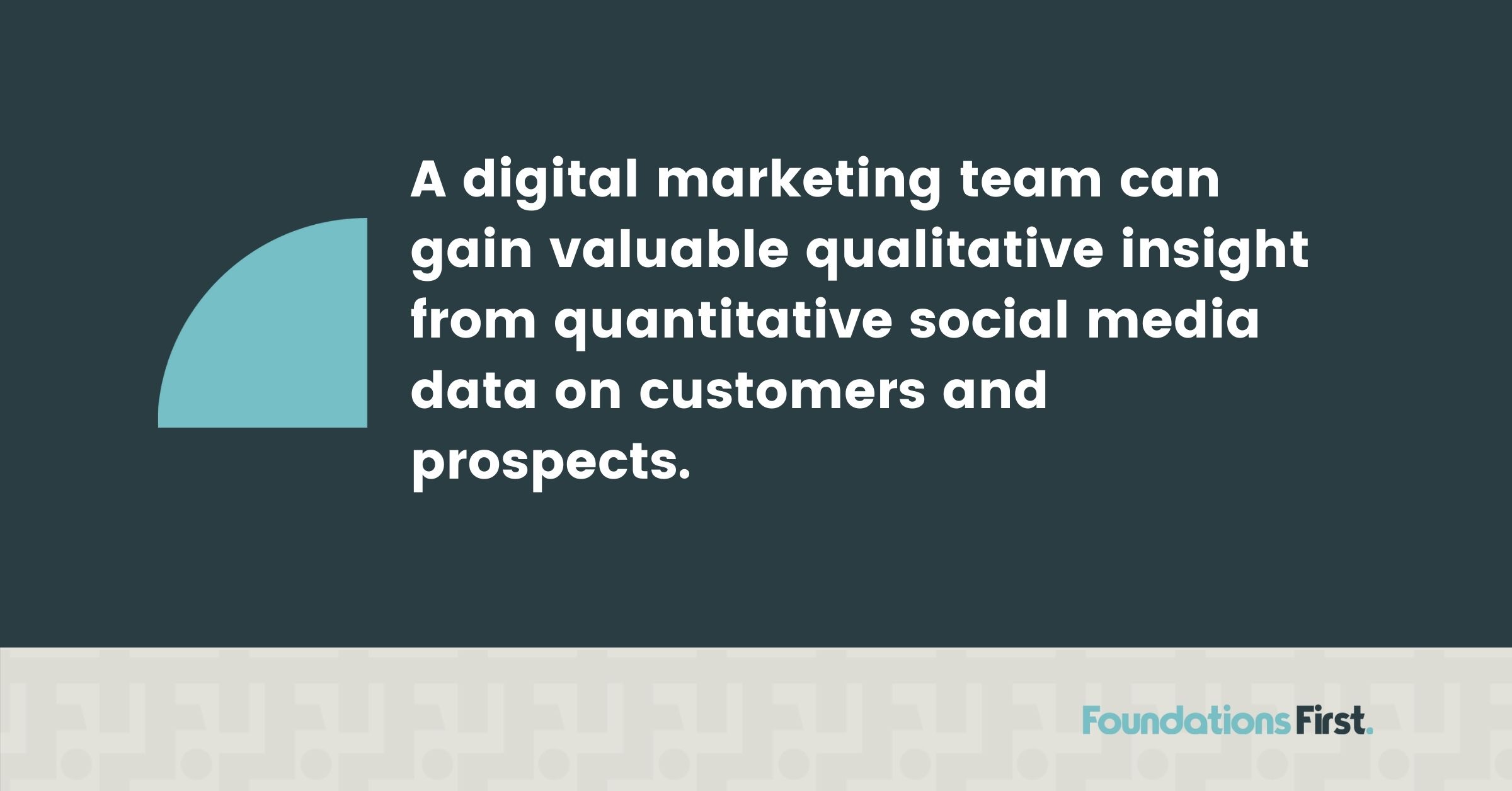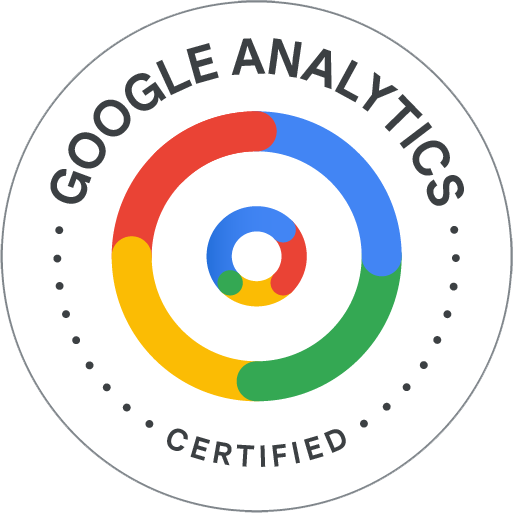Building Brand Intelligence with Social Media

Social media channels are like having dog hearing to keep tabs on customers and competitors. With the tilt of a metric or two, your brand can pick up valuable intelligence on your customer’s likes, dislikes, and what keeps them from converting. You can also tune in to what your competitors’ successes or failures are in real time. Social media sends out daily hints of industry shifts as well as new lingo, key words, and fads useful for R & D and marketing.
Brand intelligence starts with data.
Social media widens communication opportunities between business and its customers and prospects. Businesses figure out what those customers and prospective customers like by carefully collecting data on social media. Of course, there’s more to communication than collecting data, but numerical knowledge can markedly improve the overall customer experience, simply because the company will know the customer better.
Dialogue helps make sense of big data.
In addition, social media can foster conversation among experts in different digital marketing silos. A digital marketing team can gain valuable qualitative insight from quantitative social media data on customers and prospects. Analysts can learn from those in other silos and arrive at more comprehensive understandings of customer/decision journeys. More simply put: it takes a team to turn raw metric what numbers into an understandable why.
Share data for better content and brand.
The approach to social media intelligence has for too long been fragmented. Useful metrics and insight are too often held captive in silos. Each is too often pitted against the others. Social media intelligence works best as a holistic endeavor. By approaching social media in a more comprehensive manner, social media specialists can open a discussion with other digital marketing channel experts to create stronger content that will reinforce brand credibility and increase content reach.
Ways to learn about your customers and prospective customers:
Start by identifying some measurable goals.
For example, are you trying to improve customer service? Do you want better and more immediate feedback on a new service you provide? Are you trying to improve a marketing campaign? Figure it out, otherwise, you’ll be like the 60% of global organizations that struggle to apply their social data into anything actionable.
Create a demographic profile or persona.
A persona is a fictional person typical of your target audience or a component of your target audience. If you are trying to beef up a marketing campaign, a persona is a must. You will need data on age, gender, income level, location, education, household, values, blogs read, goals and challenges. Include enough information that you have psychological detail, which enables you to see your brand, products, and service from the persona’s perspective. For a more detailed explanation of how to create a good marketing persona, see, Buffer’s “The Complete, Actionable Guide to Marketing Personas.”
Identify content your target audience (or persona) likes and doesn’t like.
Know your current customers by reviewing the customer data that you have. Are there gaps in your knowledge of your customers? If there are, get some surveys going to assess their likes, dislikes, habits, fears, and challenges. Remember, the dislikes, fears, and challenges are critical to your customer understanding. You don’t want your brand to be any of those.
Use social media to dialogue with customers about struggle points.
Customers leave online tasks for a variety of reasons: path and information confusion, process problems, content fragmentation, and system failures. By monitoring social media for where problems lie and opening dialogue about the types of support customers feel would best assist them, you not only gain intel, but also boost brand credibility. Sure, there’s a slight opportunity cost in admitting flaws, but if you solve the problem and are earnest in your public conversations, the payoff is worth it.
Some ways to learn what your competitors and the market are up to:
Setup Twitter lists.
Twitter lists in general allow you to only see messages from users on that list. That’s a great way to nudge your way into your industry’s professional network where important influencers hang out. You also want to keep your keen dog hearing tuned in to industry watchdogs. When you create a list, you want these influencers to know and accept their placement on your list. A Private Twitter List is perfect for sleuthing competitors without their knowledge. Only you know who is on this list, and it allows you to keep tabs on the competition without bringing attention to your gumshoeing. See Six Ways to Use Social Media to Learn from Your Competitors for how to set this up on Twitter.
Find out what’s trending in terms of key words, lingo, and fads.
Twitter is the hottest platform for real-time trends and topics. Hashtags are a big fluffy deal, but they can be associated with a viral meme within hours on Twitter, so it’s important to check these before using a seemingly benign hashtag for your brand. There are a number of tools that can keep you from using a hashtag that you’ll regret. For a quick primer of five good tools, see: 5 Hashtag Tracking Tools for Twitter, Facebook and
Social media intelligence is most effective when integrated with other marketing data. Ideally, metrics include social media intel, traditional marketing research, and things like sales metrics and market share. It’s a no-brainer to move beyond a silo mindset and use more integrative methods and metrics to create improved customer journeys.
Cindy Powell
Categories
- Analytics and Measurement
- Brand Messaging
- Competitor Analysis
- Content Marketing
- Digital Marketing Strategy
- Digital PR & Events
- Marketing Budgets
- Marketing KPIs
- Marketing News
- Marketing Rock Samples
- Marketing Staffing & Vendors
- Marketing Strategy
- Marketing Tech Stack
- Podcast
- Product Marketing
- Sales Marketing Alignment
- SEO
- Social Media
- Strategic Marketing Partnerships
- Target Markets
- Uncategorized
- Vision & Purpose
- Webmaster








